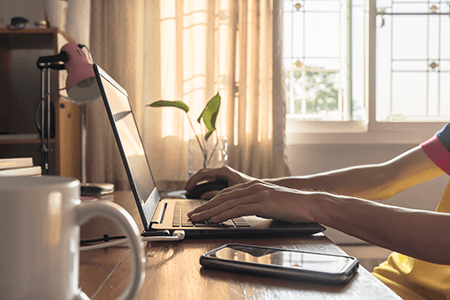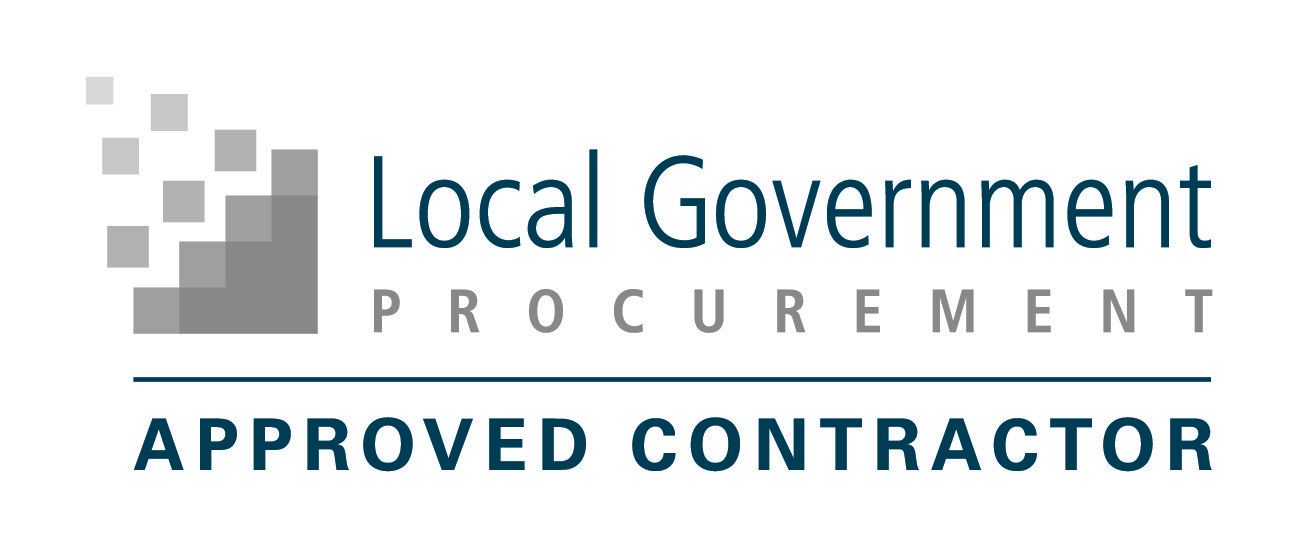How to help your team work from home during COVID-19
Michael Jackson
Almost overnight companies from the smallest to largest had to quickly adjust to allow their people to work from home. It threw up a whole lot of challenges, particularly for organisations that hadn’t previously provided this option.
By necessity, the initial steps focused on the practical aspects, like computer hardware and remote access to servers and so on. But now that that has been sorted, business owners now need to think about the wellbeing of their remote workers. While perhaps not as obvious, this is just as important.
At Icon Visual Marketing we already offered working from home options to a lot of our people, but we quickly adapted to the COVID-19 situation and made working from home available to everyone. For us, the only exception has been our warehouse and print/production team – because they can’t do their job from home.
Here are seven top tips for quickly moving to have your employees work from home.
1. Embrace technology
Hopefully you already have some systems in place to quickly move your employees to work from home like the provision of laptop computers. At Icon, most of our people already use laptops so it was easy to move to the new model. You might also have to look at ways in which your people can access computer systems, servers, etc. to ensure they can seamlessly continue their work.
2. Ensure your employees work set-up is safe
When your team is working from home, you have a duty of care for your employees to ensure they can still work safely. Provide information about the ideal home office set-up including the importance of a comfortable chair that is set to the correct height of their computer.
This will reduce the chance of your employees having neck or back strain that could lead to serious health problems further down the track. If practical, offer to loan them the unused office chairs from your premises for the duration of the working from home period.
3. Have a dailycheck-in
Remember that your people are used to a certain level of social interaction with their colleagues when they come to work and working from home eliminates that contact. Set up a system that provides a daily team check-in, which could be via a system like Microsoft Teams or even by using the humble telephone.
4. Communicate a lot
In uncertain times like the COVID-19 pandemic, your people need more reassurance than ever. Most experts agree that you can’t overcommunicate with your staff during a crisis. Take into account that your people will have different preferred communication styles. Some will prefer the more traditional written email, while others will like video communication or even something more visual, like an infographic. To communicate effectively, be prepared to meet these different needs.
5. Manage expectations
Just as you would do when your people are working in an office, you need to guide your team to figure out what they should do and create realistic expectations for their work. These are uncertain times, so empower your team leaders to be successful by clearly stating both the tasks and the reasons behind them, and help the individual teams understand exactly how you will measure success.
6. Focus on outcomes, not the activity
It is simply not possible to manage every aspect of the work done by a remote team. This particularly applies when your team is distributed across different home locations. Instead of focusing on activity or hours worked, focus on the outcomes, and measure your team’s performance accordingly.
7. Encourageyour team to takeregular breaks
Just like when your people are working in the office, it is very easy to get caught up in a task and spend hours at your desk without a break. Encourage your team to take regular breaks to reset their bodies and minds. Maybe even send calendar invitations to remind them not to sit for hours and hours without taking a break. Or send them a list of suggested stretches like these recommended by the NSW Institute of Sport.
By nailing these seven tips, you’ll have happier and more productive people – all of which will shine through in their work during this challenging COVID-19 period.
KEEP IN TOUCH















